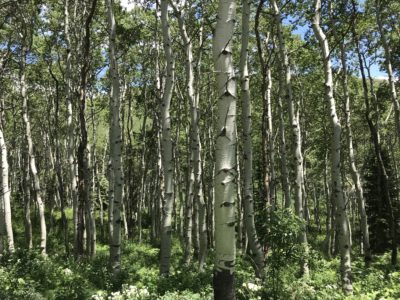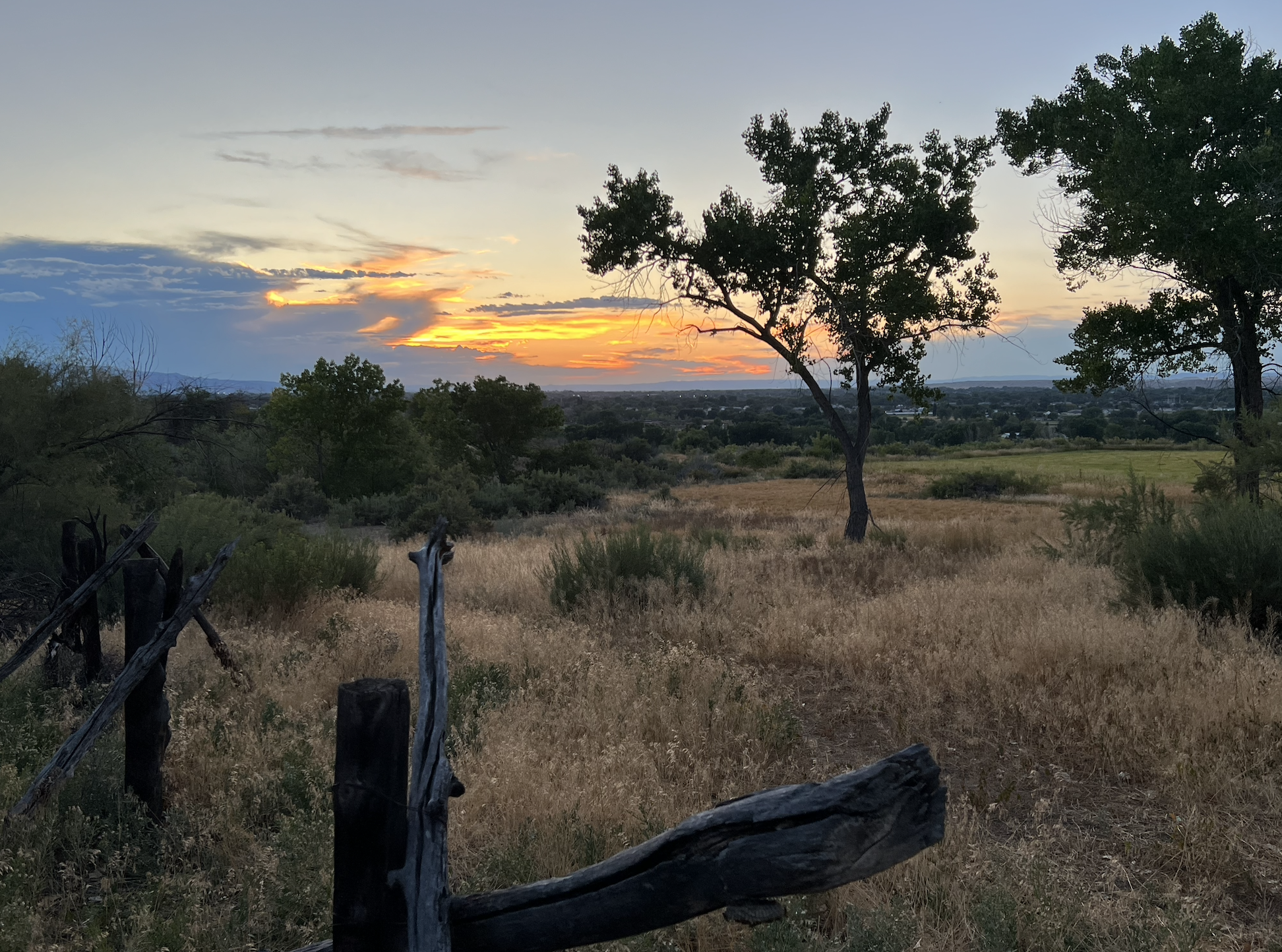
Over these many years, now about 25 of them, I and many others have been learning about self-organization as key understanding and process for improving what happens in environments of human endeavor. That’s teams. That’s organizations. That’s communities. That’s families.
This inquiry and applied learning for me goes back to the 1990s. In those days, working with Margaret Wheatley and Myron Kellner-Rogers, I was supporting conferences and seminars so that many people could learn about self-organization. The people that showed up were often way-finders and way-seekers. They knew that something wasn’t quite right in the organizational habits of the day. They sought something more life-affirming in the deeply complex systems that they inhabited.
Many different key language reference points came in to more common use in those early days, and since then. It is always about changing a narrative isn’t it. So that we can deposit our attention differently, Complexity science. Complex adaptive system. Living systems. Self-organzation. Order for free. Emergence. These reference points all moved from edge to much more common use.
In my years, I’ve seen group processes that grow from this body of self-organization to become much more commonly used. Circle has grown to many expressions of people in deliberate connection and learning fields. The World Cafe has become so much more common as a means to connect large groups in anything from building inquiry together to gathering diverse perspective to generating foundational strategy. Open Space Technology, another favorite, has grown in use, animating people to be in more simple forms of creating agenda and followup.
Over these many years now, some guiding values and principles and practices have grown so many people, that for me were rooted back in the 1990s. Values like “depend on diversity.” And, “rely on human goodness.” And, “trust in self-organization.” These are simplified statements that represent ways of being and practice that so many of us have cultivated and insisted upon within organizational practice.
I love this framing from some of the early work with Meg and Myron:
- There is a simpler and more effective way to lead organizations. We yearn for organizations that live. We hope for organizations that engage our desire to contribute, learn, and find meaning in the world. We want organizations that grow and change.
- All living systems grow and change. They have the ability to self-organize — continually creating new structures and processes that effectively respond to current needs. Organizations are living systems.
- Can we create organizations that grow and change naturally? Can organizations support our innate ability to self-organize?Can organizations create greater capacity and order in response to turbulent environments?
And this quote from 20th century Austrian scientist, Erich Jantsch:
“Self-organization lets us feel the quality of a world which gives birth to ever new variety and ever new manifestations of order against a backdrop of constant change.”
Over these many years now, I’ve continued to learn and notice some particular threads that I pay attention to within this still growing narrative of self-organization. For me, I lean quite naturally into the “human to human” aspects of things. I don’t really plan it. I just do it. I’ve been this way since I was boy growing up in Edmonton, Alberta, Canada. I’ve always wanted to understand and be part of the layers under the layers of human consciousness. Not for endless dissection. But rather for legitimized purpose and fulfillment.
Over these many years now, I’ve come to find next layers of simplicity. Like how the inner world is always connected to the outer world, and vice versa. Or how the “now” is always connected to the longer arc. These orientations, shape the kind of inquiry that I find, well, most interesting and most fruitful so that humans can do good things together.
I’m aware that in many of us there is excitement and inspiration. In many of us there is sorrow and heartache. I’m glad to be working and living in a field that tries to welcome it all. With kindness. Consciousness. And flow with life itself.
Self-organization offers a connecting read thread that supports an integration of life’s experiences. This rather than further isolation.
This weekend I walked among Utah’s mountain aspen forests (pictured above). The aspens grow as a system, each tree surfacing as connection to the same root system. These mountain Aspens grow in self-organizing ways. It’s not forestry management that landscapes them into being. It’s Aspen trees doing what Aspen trees do. There is a beauty in seeing it. And remembering that we humans too, even with are fantastic consciousness and awareness are growing as systems in less known, less conscious, self-organizing ways. We humans, and human consciousness, are also organizing all of the time, behind the narrative of command and control, to forests of astonishing beauty and resilience, and quite natural cycles of death and regeneration.
